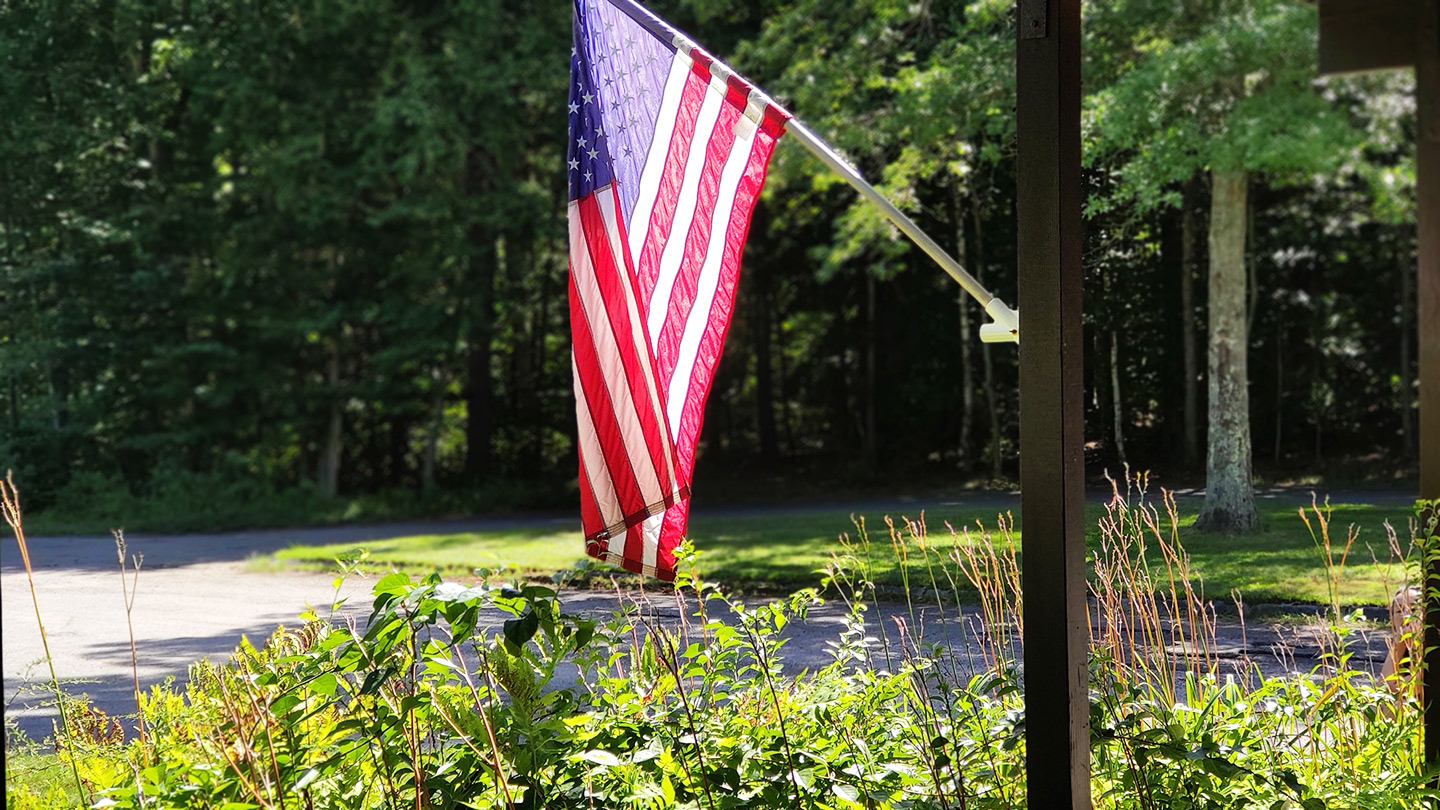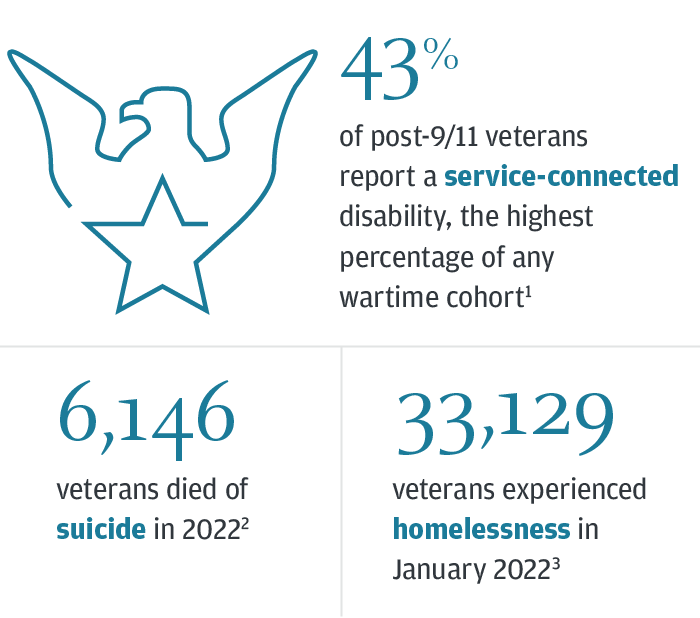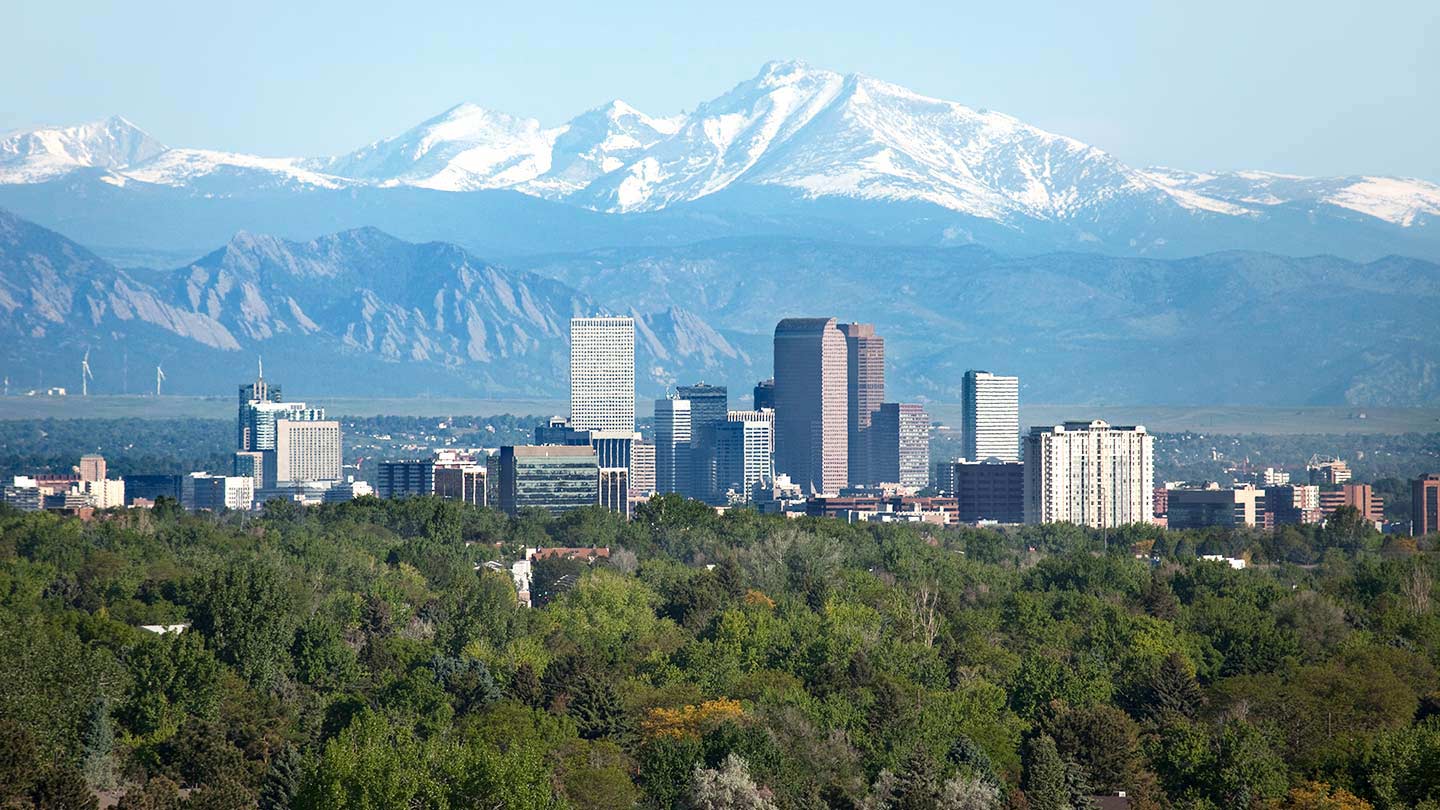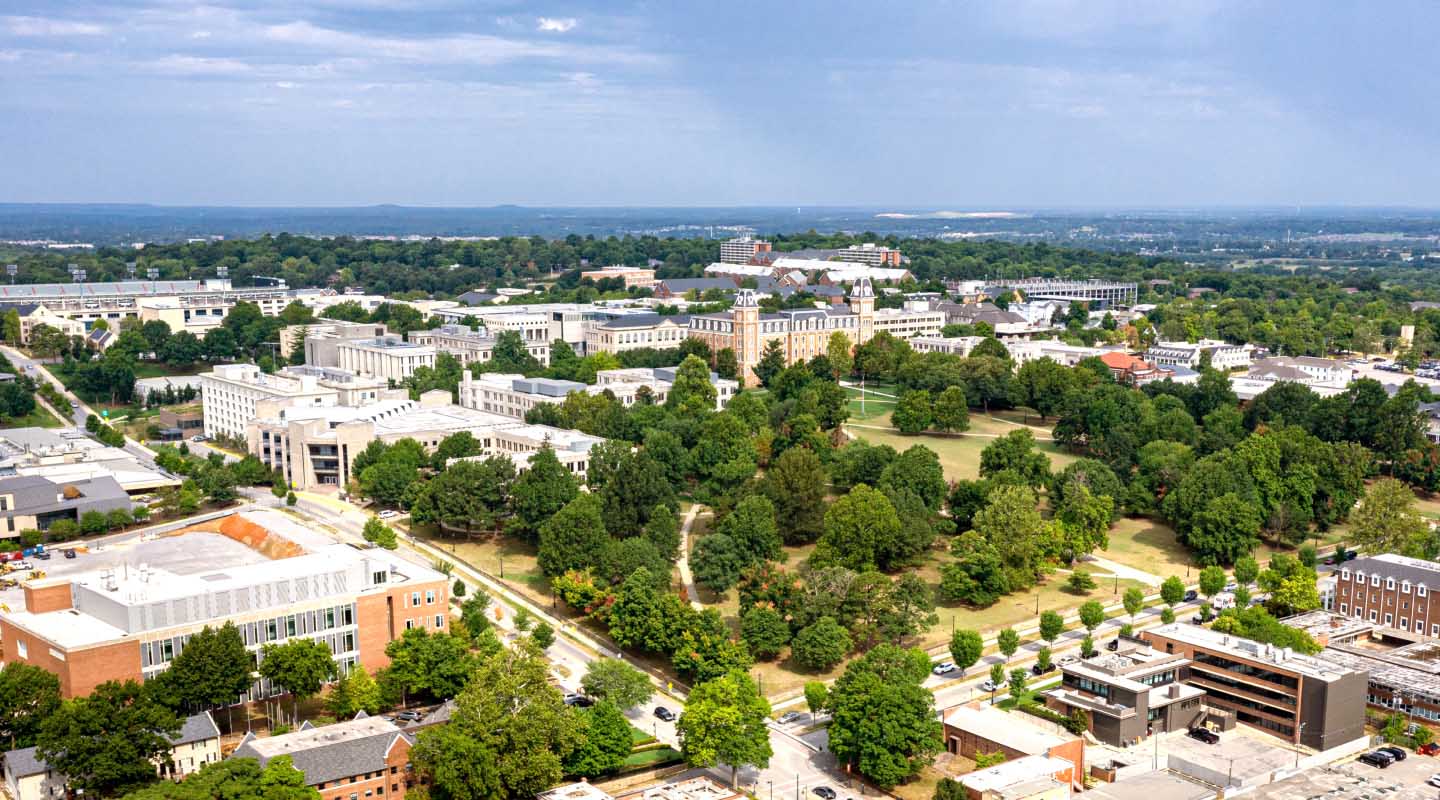
There are 18 million veterans in the U.S. today,1 and many have tackled the challenges of transitioning to civilian life. Air Force veteran Craig Taylor is among them. In the early ’90s, after retiring from military service, he developed housing for homeless individuals living with HIV and AIDs. During this time, Taylor saw firsthand the obstacles many veterans face, including drug addiction, mental illness and homelessness.
“I swore at that point that I would do something to make a difference for vets,” Taylor said.

Building Communities for Veterans on VA campuses
In 2009, the U.S. Department of Veterans Affairs (VA) made a commitment to end veteran homelessness. As part of the initiative, the VA reached out to the private sector to develop affordable housing on vacant land and buildings on VA hospital campuses.
In response, Taylor made good on his promise to help veterans with the help of Don Paxton, an experienced affordable housing developer and the head of Beneficial Communities.
Taylor and Paxton founded Communities for Veterans to provide supportive affordable rental housing communities on VA campuses with priority placement for veterans and their families who are disabled, homeless or at risk of being homeless.
Demographics of homeless veterans4
32%
reside in suburban/rural areas
68%
reside in urban areas
50%
have serious mental illness
51%
have disabilities
70%
have substance abuse problems
Paxton had a longstanding relationship with JPMorgan Chase. He had worked with Tammy Haylock-Moore, executive director for Community Development Banking, since 1999. Haylock-Moore and the firm have provided Communities for Veterans with loans for projects, including its Freedom’s Path affordable housing communities.
These modern residences are located on VA campuses and provide a supportive environment for veterans who are homeless or at risk of homelessness. Freedom’s Path locations include:
Freedom’s Path at Augusta, Georgia
- 98 one-bedroom apartments on 8 acres of the Charlie Norwood VA Medical Center campus
- Designed for low-income veterans
- Originally built in the mid-1930s as military hospital wards
Freedom’s Path at Chillicothe, Ohio
- Three-story building with 60 one- and two-bedroom units at the Chillicothe VA campus
- Priority placement for homeless, at-risk and disabled veterans
- Located in the foothills of the Appalachian Mountains
Freedom’s Path at Fort Harrison, Montana
- Located on the Fort Harrison VA Campus outside Helena
- 11 rehabbed two- and three-story buildings with 42 units
- Priority placement for homeless, at-risk and disabled veterans
Freedom’s Path at Hines, Illinois
- Located on the Edward Hines Jr. VA campus near Chicago
- 52 one-, two- and three-bedroom apartments designed for veterans with families
- Includes a children’s play area and basketball court
Unique benefits at Freedom’s Path communities
Not only are these affordable housing units steps away from VA medical care, but they provide other critical benefits, including:
- Vets living with vets: Living alongside others who share and understand their experience helps veterans feel less isolated, Taylor said. Residents may also face physical and psychological challenges, so they can provide each other with mutual support and accountability.
- Homes for difficult-to-house individuals: Some of the most difficult-to-house individuals live at Freedom’s Path, Taylor said. Many of these residents have health and substance abuse issues, and some have spent more than 20 years living on the streets.
- A culture of dignity and respect: The Freedom’s Path mission is to treat veterans with dignity and respect while offering them treatment and support.
All properties feature a technology center where residents can take online courses and apply for jobs, and they offer activities like fishing trips and equine therapy. Freedom’s Path also hosts seminars and programs on financial management, healthy eating and other topics, which vary depending on resident demographics.
Plus, case managers are located onsite for the Freedom’s Path residents who use U.S. Department of Housing and Urban Development-VA Supportive Housing (HUD-VASH) vouchers. About 20 to 30 units at each Freedom’s Path site use these vouchers, Taylor said. HUD-VASH is a collaborative program that combines HUD housing vouchers with VA supportive services to help homeless veterans and their families find and sustain permanent housing.
The impact of federal efforts on veterans’ homelessness
JPMorgan Chase’s focus on veterans
Working with Freedom’s Path properties is just one way JPMorgan Chase supports veterans. In 2011, JPMorgan Chase established an Office of Military and Veterans Affairs to help veterans, service members and their families thrive in their post-military lives. JPMorgan Chase also works with veteran-owned businesses and helps fund New Markets Tax Credit projects that provide specialized veterans services.
JPMorgan Chase Bank, N.A. Member FDIC. Visit jpmorgan.com/cb-disclaimer for disclosures and disclaimers related to this content.
References
Vespa, J.E. 2020. “Those Who Served: America’s Veterans From World War II to the War on Terror,” ACS-43, American Community Survey Reports. U.S. Census Bureau.
National Veteran Suicide Prevention Annual Report. 2019. Office of Mental Health and Suicide Prevention, U.S. Department of Veterans Affairs.
Point-in-Time (PIT) Count. 2022. U.S. Department of Housing and Urban Development.
National Coalition for Homeless Veterans.
Health, V. VA Programs for Homeless Veterans webpage. U.S. Department of Veterans Affairs.
HUD No. 22-256 press release “HUD, VA award $25.4 million to provide housing assistance for veterans experiencing homelessness,” U.S. Department of Housing and Urban Development.







